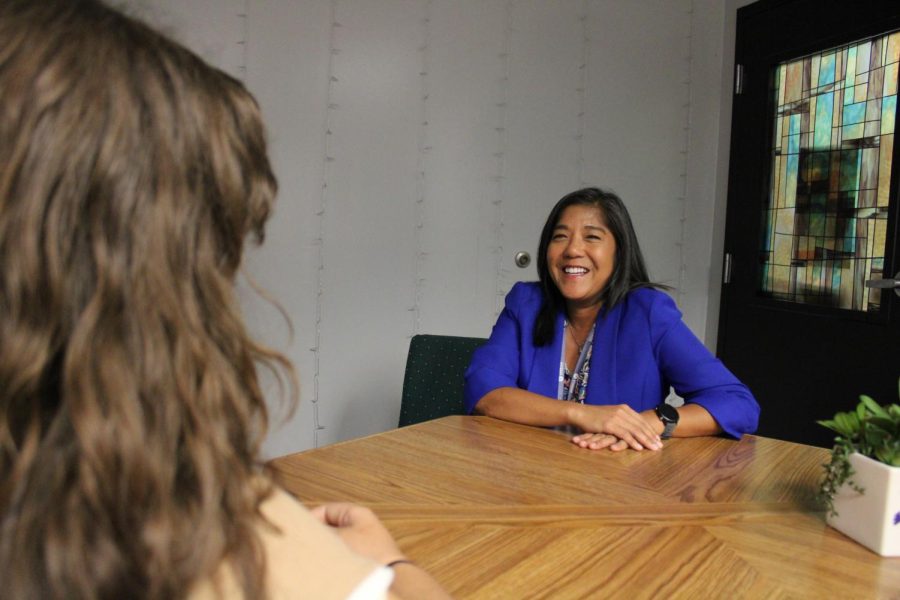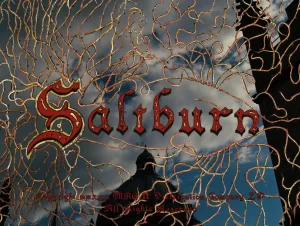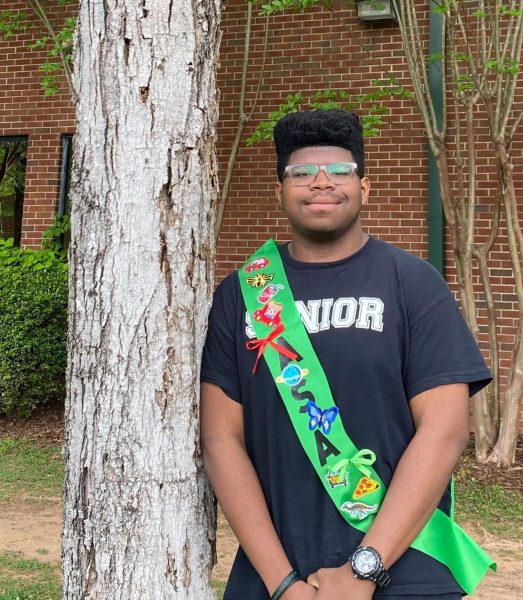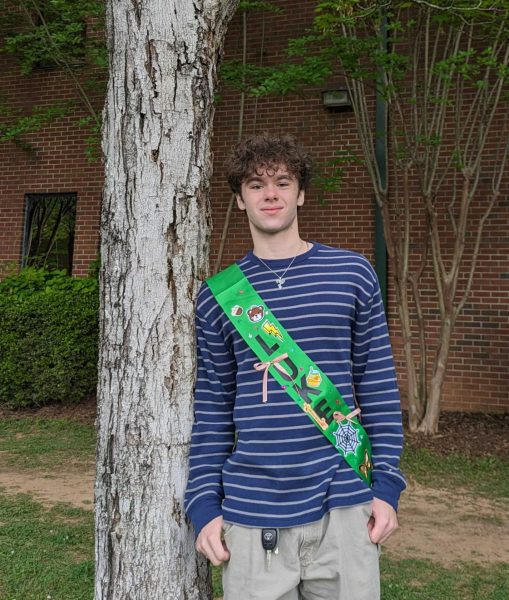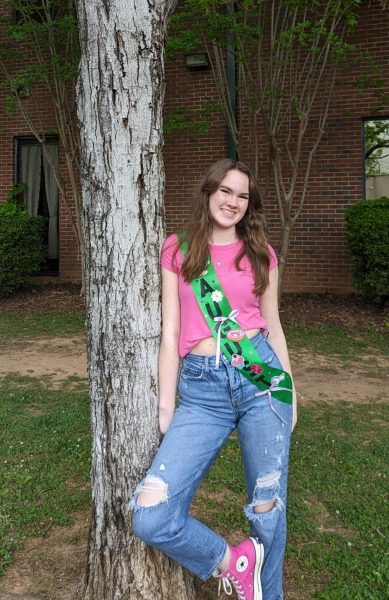Student Advocacy Specialist Sharlene Patterson
Sep 23, 2022
The Student Advocacy Specialist is an important role at McIntosh High School. Specialist Sharlene Patterson’s office in the media center is a safe space for students who are struggling with overbearing problems that a quick trip to the counselor cannot completely resolve.
“I’m not a clinician, I’m not a counselor, more like a mentor for students who are in crisis, or are in a potential crisis,” Patterson said.
With a background as a school administrator, Patterson strives to create a place where students can express and process their feelings.
“Before this role I was at the State Department, working with school climate and safety, and much of my work was about building relationships with kids,” Patterson said.
Comfortability in school is the most important factor for a learning environment, so building relationships with students allows a more calm atmosphere to talk out problems.
I’m not a clinician, I’m a counselor, more like a mentor for students who are in crisis, or are in potential crisis.”
— Sharlene Patterson
“I like to build relationships with kids, making them feel more comfortable within their crisis, if they escalate. Giving kids tools to be able to de-escalate themselves, if I’m not around, or if they are here, trying to help them de-escalate and then build a toolkit of just processes to be able to to bring themselves down,” Patterson said.
A lot of children have developed some challenges due to the coronavirus pandemic, which developed a need for more serious consultants.
“Since the pandemic, we noticed that more and more kids are have been traumatized by the pandemic and have also some mental health challenges because of that, and I just wanted to be able to help kids realize that there is help out there, there are resources out there and to help families who don’t understand ‘where can I get the help that I need?’” Patterson said.
One might compare Sharlene Patterson to any other counselor at McIntosh, as their roles in helping students with problems are highly similar such as students being able to come in and talk about their emotions.
“One of the things about my role that’s different is that I am accessible… So, I’ll give the student or their family my cell number. Because, as we know, crisis doesn’t just happen during school [which is] a safe place. Most of our crisis happens at home or outside of school. And so I’m available for a phone call or text when a kid says, ‘hey, you know, I’m really having a hard time here.’ And so I’ll text them back or call them back with tools or resources, where to go, what to do with those kinds of things,” Patterson said.
Students who require extra support, whether for extreme depression and anxiety or even just elevated emotions may be referred to Patterson.
“Either the counselor or an administrator refers students to me… if the counselor or the administrator feels like… the student needs another layer of support or needs… they would refer them to me. So I would call them up at some point or depending on the student and how they interact with adults, I would have a counselor or the administrator introduce me to that, like a friend and extra friend or something like that,” Patterson said.
Patterson provides an environment that helps the students feel comfortable and safe, allowing the students to have a conversation that doesn’t sound institutionalized. Some of the things that Patterson deals with among students are depression and anxiety at surface level, yet can be dissected into more intense thoughts.
“So depression, anxiety, maybe even suicidal, homicidal ideations. There’s some anger management that I deal with too… So much of my work is with what we call DBT [dialectical behavioral therapies]. It’s just a way for kids to regulate their emotions. So there’s little things that they can do mindfulness breathing, or things like that. Get those thoughts out, and then, ‘What can I do to make that anxiety either subside or go away?’” Patterson said.
Patterson then uses friendly strategies, such as a calm and no-rush attitude in order to work through the problems that students deal with.
“We talk about time management, we talk about what do we do with anxiety and how can we bring it down… Sometimes we try to let students write out this emotion. Right. What is it that’s making me nervous or anxious? Let’s write it out. Let’s talk through it. And then at the end, it’s like, okay, I feel better,” Patterson said.


